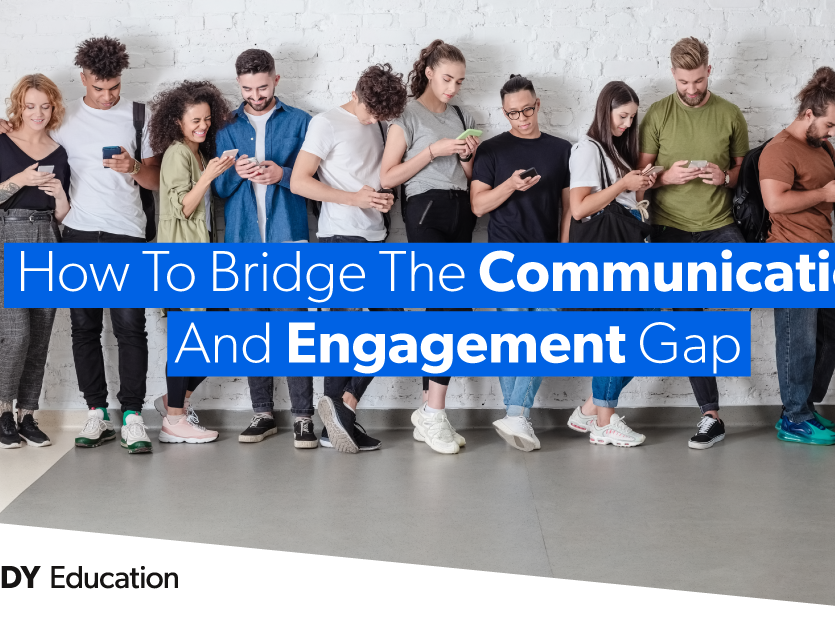
How To Bridge The Communication And Engagement Gap

Students are the lifeblood of education and it is vital that they are engaged throughout their time at university. An engaged student is someone who is connected, invested and passionate about learning. But the big question is how do you get students engaged?
Out with the old…
Communication is a key factor in keeping students engaged, but rapid digital evolution has brought about a change in the higher education sector. Challenges with student communication and engagement have always existed and as more technologically-advanced students enter the world of academia it is essential that institutions adopt new and innovative solutions to reach them.
However, there is a stereotype that the sector is cautious and reluctant to embrace change, especially digital transformation. This hesitance to “move with the times” creates a communication and engagement gap.
One example of this is the evidence that students routinely ignore university email. Research has shown that 54% of all emails remain unopened, and 39% of emails are ignored resulting in 77% of students feeling disconnected and therefore unengaged.
…in with the new!
Today's students are accustomed to operating in a world of ever-evolving technology. On average Gen Z spends 8-10 hours a day on their smartphones, with 78% of users considering their mobile device as the main source of communication. As a result of this relationship with technology, students expect a connected and integrated experience with their institution.
Therefore, it is crucial for institutions to take advantage of the opportunities mobile devices provide in improving student engagement. For institutions to create the desired connection they must deliver relevant and personalised communication to the student’s preferred channel, which as evidence has shown, is their mobile devices.
The personalised, mobile first approach to communication creates a sense of belonging for students, provides institutions with comprehensive data on how students interact with them and therefore bridges the communication and engagement gap.
Read all about it in our latest guide: Designing A Student Engagement Strategy That Actually Works

